THE
THUNDER
BEFORE
THE
STORM
THE Autobiography OF
Clyde Bellecourt
AS TOLD TO Jon Lurie

Text copyright 2016 by Clyde Bellecourt and Jon Lurie. Other materials copyright 2016 by the Minnesota Historical Society. All rights reserved. No part of this book may be used or reproduced in any manner whatsoever without written permission except in the case of brief quotations embodied in critical articles and reviews. For information, write to the Minnesota Historical Society Press, 345 Kellogg Blvd. W., St. Paul, MN 55102-1906.
www.mnhspress.org
The Minnesota Historical Society Press is a member of the Association of American University Presses.
Manufactured in the United States of America
10 9 8 7 6 5 4 3 2 1
 The paper used in this publication meets the minimum requirements of the American National Standard for Information SciencesPermanence for Printed Library Materials, ANSI Z39.48-1984.
The paper used in this publication meets the minimum requirements of the American National Standard for Information SciencesPermanence for Printed Library Materials, ANSI Z39.48-1984.
International Standard Book Number
ISBN: 978-1-68134-019-7 (hardcover)
ISBN: 978-1-68134-020-3 (e-book)
Library of Congress Cataloging-in-Publication Data
Names: Bellecourt, Clyde H. (Clyde Howard), 1936 author. | Lurie, Jon, 1967 author
Title: The thunder before the storm : the autobiography of Clyde Bellecourt / as told to Jon Lurie.
Other titles: Autobiography of Clyde Bellecourt
Description: Saint Paul, MN : Minnesota Historical Society Press, [2016] | Includes index.
Identifiers: LCCN 2016026452 | ISBN 9781681340197 (hardcover : alk. paper) | ISBN 9781681340203 (ebook)
Subjects: LCSH: Bellecourt, Clyde H. (Clyde Howard), 1936 | Ojibwa IndiansBiography. | American Indian Movement. | Wounded Knee (S.D.)HistoryIndian occupation, 1973Personal narratives. | Oglala IndiansBiography. | Human rights workersUnited StatesBiography. | Indians of North AmericaGovernment relations1934 | Indians of North AmericaPolitics and government.
Classification: LCC E99.C6 B425 2016 | DDC 323.1197/073092 [B]dc23
LC record available at https://lccn.loc.gov/2016026452
This and other Minnesota Historical Society Press books are available from popular e-book vendors.
For Peggy
PROLOGUE: THE DAMN TRUTH
YOU CAN PRAY ALL DAY AND NIGHT , but if you dont work damn hard you aint gonna get what you want. Thats the way I believe, you know?
You see a tornado coming, know what you do?
Put your tobacco out and pray.
You know what you do next?
Head for the basement.
The Creator will help you, but youve got to help yourself.
We in the American Indian Movement made a decision when we formed in 1968: if need be, wed give our lives for what we believed. No longer would we allow our people to be victimized without fighting back.
Despite that commitment, I personally never carried a gun. Despite the physical threats against our people, it was my policy, even at Wounded Knee, never to carry a weapon. I believe in the Sacred Pipe, and I believe that those who carry the pipe have different responsibilities than those who take up arms.
The story of the American Indian Movement has been told many times, but so far its been told incorrectly, as I see it, by people who never did the damn hard work of revitalizing Indian communities.
This book is the whole truth, and nothing but the truth, so help me God. This is my story, the way I remember it. Other people remember it differently, and they can write their own books. Im not pulling any punches; Im just telling it like it is, and like it was before the American Indian Movement came along to help our people help themselves.
Indian people had no legal rights centers, job training centers, community clinics, Native American studies programs, or Indian child welfare statutes. There were no Indian casinos or Indian schools, no Indian preference housing. We were prohibited by federal law from practicing our spirituality. It was illegal for us to be us in our own country. The Movement changed everything for Indian people.
I knew from the minute the American Indian Movement first assembled that we were on a collision course with organized religion, the Bureau of Indian Affairs (BIA), and white European education. I didnt know it was going to happen so fastbut just five years after we started, we were surrounded by US military forces at Wounded Knee, on the Pine Ridge Reservation in South Dakota.
As soon as we saw those troops coming in over the hills surrounding Wounded Knee, we issued a Red Alert. We told our people to spread the word throughout Indian Country: bring your camping gear here with you. Bring your weapons with you. Bring anyone you know who is a demolition expert. Bring your snipers, your communications people. We had Vietnam vets come in who had just returned from the war with these skills. This was how we swelled our ranks and armed ourselves.
We did this in response to the fact that we were surrounded by the FBI, GOONs (so-called Guardians of the Oglala Nation), rancher-vigilantes, US Marshals, and several branches of the military. When you added up all the firepower we were able to muster, it really didnt amount to shit. But they treated us like we had weapons of mass destruction, a threat to start World War III.
They had tanks, automatic weapons, armored personnel carriersfighter jets and helicopter gunships flying over.
We didnt know it at the time, but this response to usthe overwhelming force they broughtwas part of an FBI plan conceived by J. Edgar Hoover called COINTELPRO (short for Counter-Intelligence Program). It was the governments intention to eliminate all forms of social and political dissent in America.
Indians werent the only people under attack by the federal government. At that time in America1960s and 1970speople were being gunned down, burned out, bombedpeople like the Black Panthers, the Weather Underground, and the civil rights activists. They targeted AIM, Black Panthers, Martin Luther King, the Kennedy brothers, Malcolm X. Hoover was so paranoid he even targeted his own personnel.
The reason they targeted AIM wasnt because we had all kinds of weaponslike I said, we didnt have shit. But we knew that 80 percent of all the natural resources left in America were on Indian land: Im talking about timber, iron, uranium, water, grazing lands, farmlands, silver, gold. When you think about it, the number should actually be 100 percent, because everything the United States has it stole from Native people.
AIM said repeatedly that we intended for Native people to never give up another inch of land, another ounce of Mother Earth.
We started a movement to take back everything that belonged to us: our spirituality, our languages, our hunting and fishing rights, our water rights, our gold and minerals, our sacred sitesand our children.
We found out that just three years after AIM formed, the federal government had listed us as the number one threat to the stability and the security of the United States. We learned about this in 1975during FBI testimony at the Wounded Knee trialsthat the government had basically declared war on us; a lot of people were shook up, man. I was happy.
Wow , I thought, it took just three years. We didnt have no guns, no military force, yet we became the number one threat to the stability and security of the United States . What an honor, when you think about it.


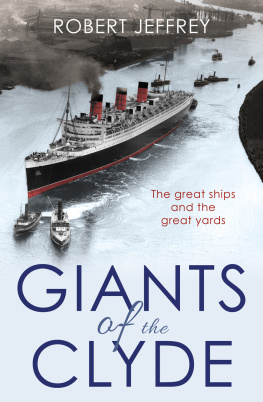
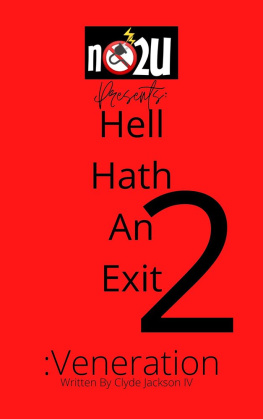

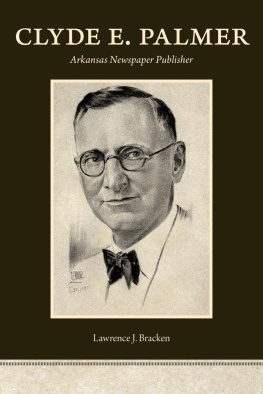

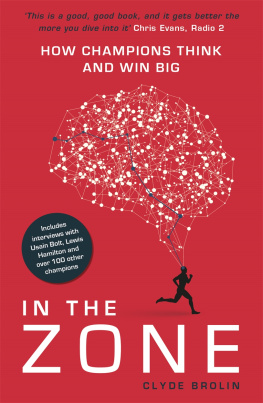

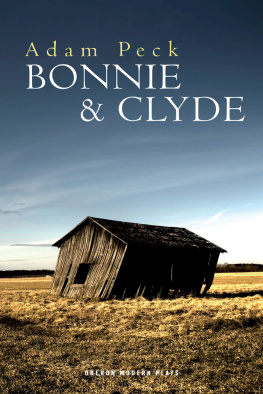
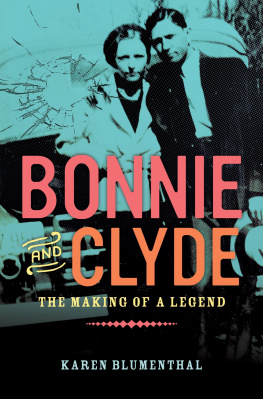
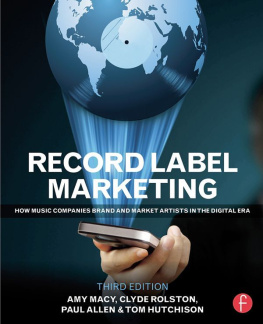
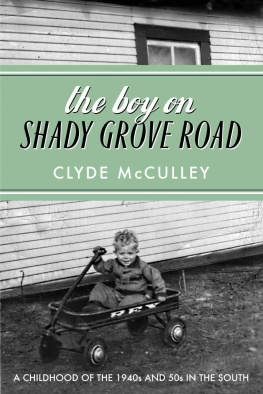


 The paper used in this publication meets the minimum requirements of the American National Standard for Information SciencesPermanence for Printed Library Materials, ANSI Z39.48-1984.
The paper used in this publication meets the minimum requirements of the American National Standard for Information SciencesPermanence for Printed Library Materials, ANSI Z39.48-1984.